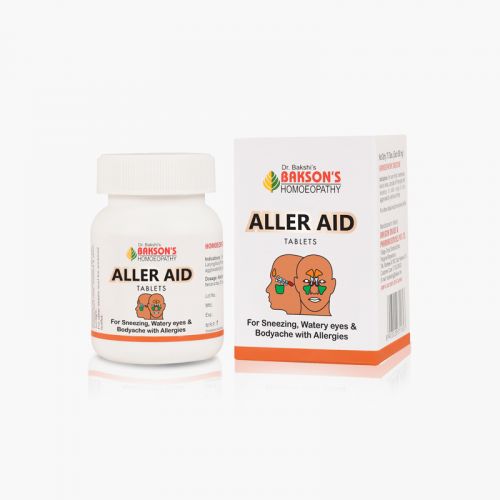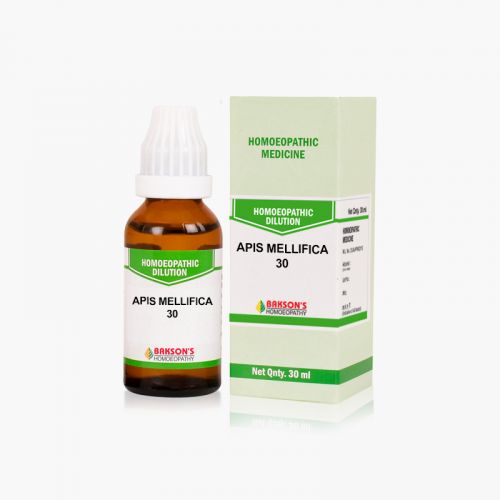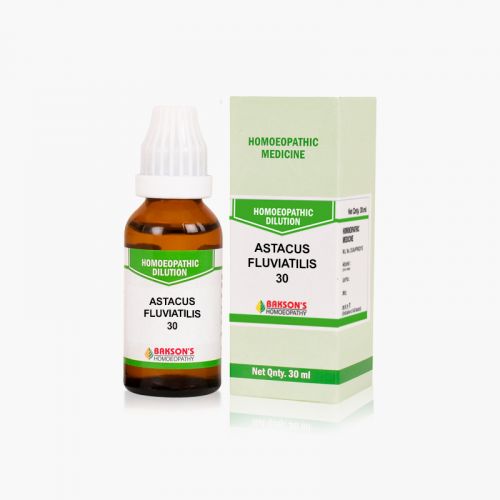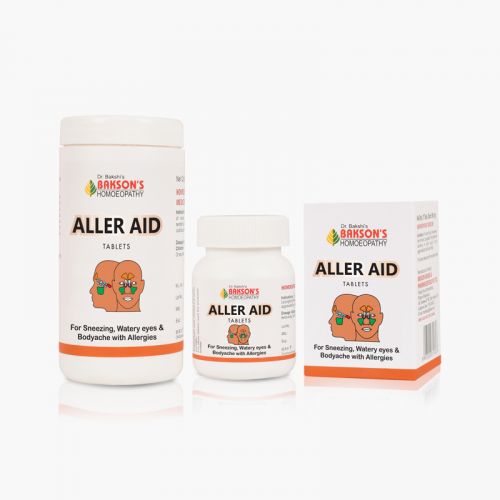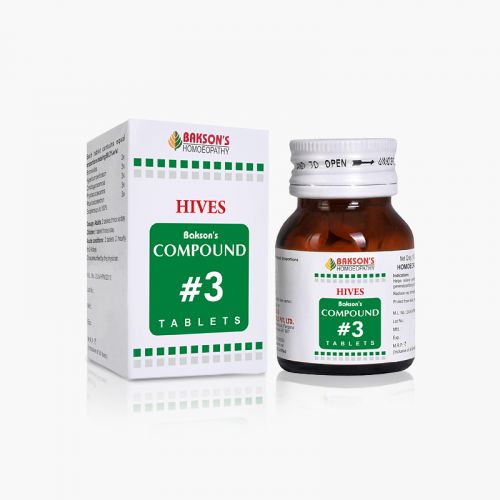We use cookies to make your experience better. To comply with the new e-Privacy directive, we need to ask for your consent to set the cookies. Learn more.
What is Food Allergy?
Food allergy is an abnormal response to a food caused by immunoglobulin E (IgE) antibody. It affects about 4% to 6% of children and 4% of adults, according to the Centers for Disease Control and Prevention. Allergic reactions secondary to food ingestion are responsible for a variety of symptoms involving the skin, gastrointestinal system, and respiratory system.
Risk Factors
Risk factors for severe food allergies or anaphylaxis include:
- Asthma
- Prior episodes of anaphylaxis
- Delay in the use of epinephrine
Any food can cause allergy but overall only a few foods account for about 90% of all allergies. These include: milk, eggs, peanuts, shellfish, wheat, and nuts. Certain seeds, including sesame and mustard seeds, also are common food allergy triggers and considered a major allergen in some countries.
Signs and Symptoms
Symptoms of food-induced allergic reactions comprises of the following:
- Gastrointestinal: It is often the initial form of allergy that affects infants and young children, causing irritability, vomiting or spitting-up, diarrhoea and poor weight gain. There are three main entities:
- Food protein-induced enterocolitis syndrome (FPIES): characterized by emesis for one to three hours after feeding, and constant exposure causes abdominal distention, bloody diarrhoea, anaemia, and are provoked by cowעs milk or soy protein-based formulas.
- Food protein-induced proctocolitis causes blood-streaked stools in otherwise healthy infants in the first few months of life and is associated with breastfed infants.
- Food protein-induced enteropathy is associated with steatorrhea and poor weight gain in the first several months of life.
- Skin:
- Atopic dermatitis or eczema, is associated with asthma and allergic rhinitis, and about 30% of children with moderate to severe atopic dermatitis have food allergies.
- Acute urticaria and angioedema are the most common symptoms of food allergic reactions and have a rapid onset on ingestion of allergen.
- Perioral dermatitis is benign and is a contact dermatitis caused by substances in toothpaste, gum, lipstick, or medications.
- Respiratory: Respiratory food allergies are uncommon as isolated symptoms. Wheezing occurs in approximately 25% of food allergic reactions.
Diagnosis
Diagnosis is reached on the basis of clinical presentation and history. Certain skin tests and/or blood tests may also be advised including a Skin-prick test to confirm the diagnosis and determine the trigger.
Management
Management includes avoidance of known allergens and medications as prescribed by the doctor. Parents and children affected with food allergy require extensive education, including specific instruction on understanding food labels, restaurant meals, and risky behaviors leading to unexpected reactions. For prevention, the recommendations are to introduce complementary solid foods, such as egg, peanut products, fish, wheat, and other allergenic foods one at a time after four to six months of age when breastfeeding, as there is no need to avoid or delay their introduction.
Warning: Above information provided is an overview of the disease, we strongly recommend a doctor's consultation to prevent further advancement of disease and/or development of complications.
Disclaimer: The information provided herein on request, is not to be taken as a replacement for medical advice or diagnosis or treatment of any medical condition. DO NOT SELF MEDICATE. PLEASE CONSULT YOUR PHYSICIAN FOR PROPER DIAGNOSIS AND PRESCRIPTION.
- #B 61 DROPSSpecial Price ₹ 160.00 Regular Price ₹ 200.00
-
- APIS MELLIFICA 30₹ 100.00
- ASTACUS FLUVIATILIS 30₹ 100.00
-
- COMPOUND #3 TABLETS-100TABSSpecial Price ₹ 108.00 Regular Price ₹ 135.00
- FRAGARIA VESCA 30₹ 100.00
-
- URTICA URENS. 30₹ 100.00





